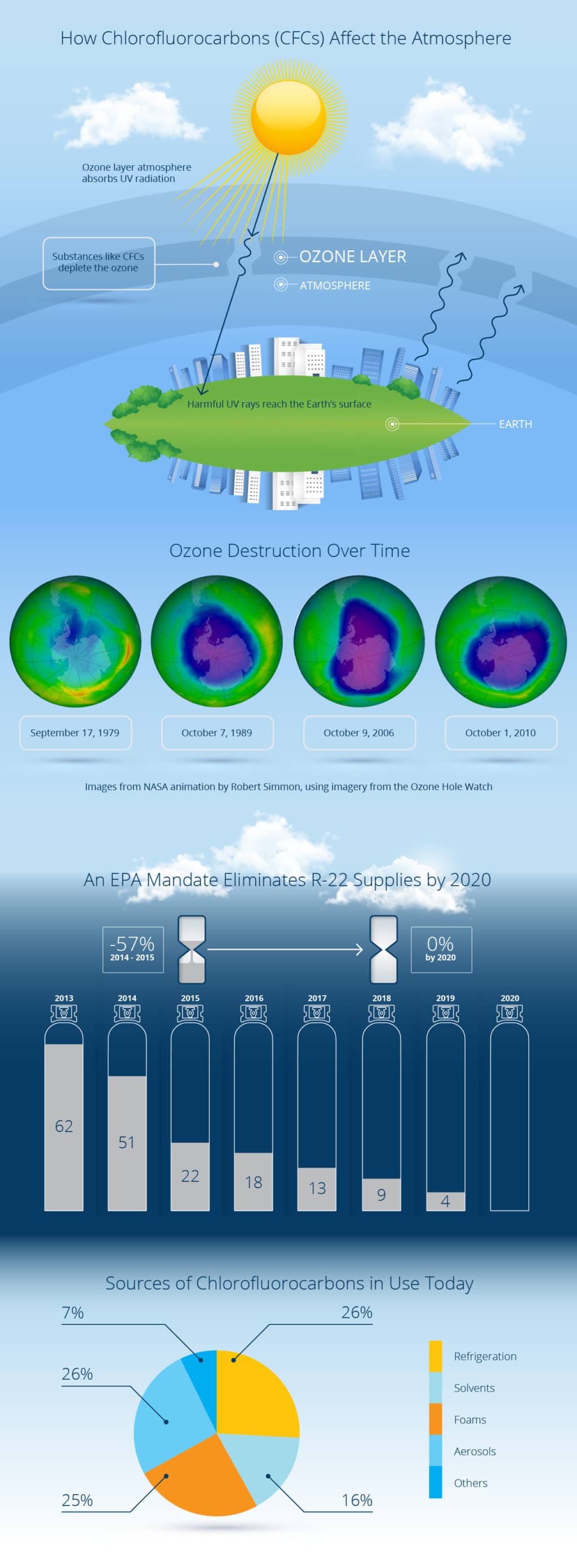Trick Errors To Avoid Throughout The Setup Refine Of Heat Pumps
Trick Errors To Avoid Throughout The Setup Refine Of Heat Pumps
Blog Article
Authored By-McDougall Morris
When mounting a heat pump, you should stay away from typical errors that might jeopardize its performance. Overlooking appropriate sizing might result in ineffectiveness and greater energy prices. Disregarding insulation and securing can lead to energy wastefulness and pressure on the system. Additionally, positioning the exterior unit improperly might affect its efficiency. By preventing these mistakes, you can ensure optimal operating and resilience of your heat pump system.
Improper Sizing of Heat Pump
When it concerns the installation of heatpump, among the most typical mistakes is improperly sizing the unit for your area. Making sure the best size is essential for ideal efficiency. If the heat pump is as well tiny, it will certainly battle to warmth or cool your room efficiently, leading to enhanced power bills and prospective deterioration on the unit.
On the other hand, if the heatpump is as well huge, it will cycle on and off regularly, causing temperature variations and decreasing its life expectancy.
To prevent this mistake, it's important to have a professional assess your space and suggest the ideal dimension of the heat pump based on elements like square video, insulation, ceiling elevation, and regional environment. By investing the moment and effort to make sure the appropriate sizing, you can appreciate a comfy setting while making best use of energy effectiveness and extending the life-span of your heat pump.
Inadequate Insulation and Sealing
To make certain the reliable operation of your heat pump, it's essential to deal with inadequate insulation and securing in your area. Correct insulation helps maintain a constant temperature level inside, lowering the work on your heat pump. Insufficient insulation can bring about power loss, making your heatpump work harder and less effectively.
Securing any type of voids or leaks in your room is just as essential. These spaces allow conditioned air to run away and exterior air to permeate in, requiring your heat pump to compensate for the temperature fluctuations.
Incorrect Placement of Outdoor System
Addressing the positioning of your heatpump's outside device is vital to optimizing its performance. Installing the outside unit in an incorrect place can bring about efficiency concerns and prospective damages to the unit.
One usual mistake to stay clear of is putting the outdoor unit also near to a wall or other frameworks. This can limit air movement, triggering the device to work tougher to warmth or cool your space, inevitably decreasing its effectiveness and lifespan.
An additional mistake to stay away from is putting the outdoor device in direct sunlight. While some sunshine is inescapable, extreme direct exposure can bring about getting too hot, especially throughout warm summertime days. https://www.mccourier.com/hvac-maintenance-service-market-manufacturers-regions-type-and-application-forecast-2021-2027-copyright-corporation-toshiba-mitsubishi-group-johnson-controls/ to place the exterior unit in a shaded area to help preserve its optimum operating temperature.
Additionally, see to https://trentonlzltg.atualblog.com/37330967/mesmerized-by-the-potential-customers-of-heatpump-modern-technology-uncover-just-how-it-can-reinvent-your-home-s-comfort-and-maximize-power-effectiveness that the exterior device is placed on a secure and level surface area. Unequal ground can create vibrations and unneeded stress on the device, affecting its performance gradually.
Verdict
Finally, avoiding common mistakes throughout heat pump installment is crucial for optimizing effectiveness and long life of your system. By making sure proper sizing, adequate insulation, sealing, and right positioning of the exterior unit, you can prevent issues such as inefficiencies, raised power bills, and strain on the unit. Taking heat pump installers chch to deal with these vital variables will inevitably save you time and money in the future.
